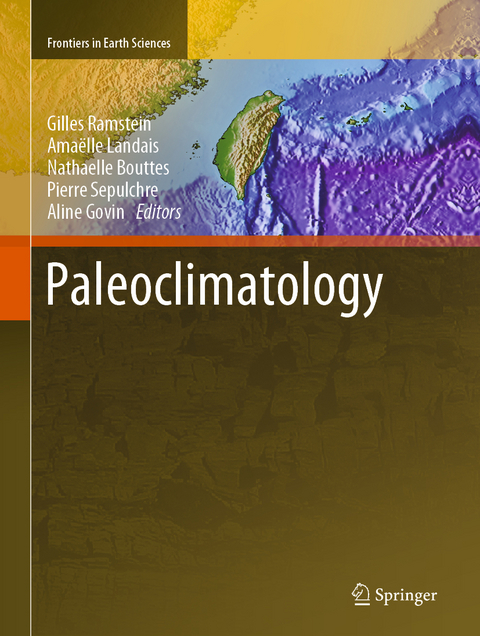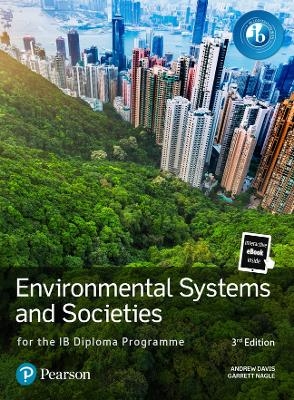
Paleoclimatology
Springer International Publishing
978-3-030-24981-6 (ISBN)
The first volume is devoted to "Finding, dating and interpreting the evidence". It describes the different geo-chronological technical methods used in paleoclimatology. Different fields of geosciences such as: stratigraphy, magnetism, dendrochronology, sedimentology, are drawn from and proxy reconstructions from ice sheets, terrestrial (speleothems, lakes, and vegetation) and oceanic data, are used to reconstruct the ancient climates of the Earth.
The second volume, entitled "Investigation into ancient climates," focuses on building comprehensive models of past climate evolution. The chapters are based on understanding the processes driving the evolution of each component of the Earth system (atmosphere, ocean, ice). This volume provides both an analytical understanding of each component using a hierarchy of models (from conceptual to very sophisticated 3D general circulation models) and a synthetic approach incorporating all of these components to explore the evolution of the Earth as a global system.
As a whole this book provides the reader with a complete view of data reconstruction and modeling of the climate of the Earth from deep time to present day with even an excursion to include impacts on future climate.
Gilles Ramstein is a director of research at Laboratoire des Sciences du Climat et de l'Environnement (LSCE, France). His initial degree is in physics and since 1992 he has specialized in climate modeling. He has been responsible for many French and European research projects on the Pleistocene, Cenozoic and Precambrian eras. He has also been the advisor of many PhD students who have explored and expanded the frontiers of paleoclimate modeling. As a climate modeler, he studies very different climate contexts from "Snowball Earth" episodes (717-635 Ma) to more recent, and occasionally future, climate situations.The main research topics he focuses on are: · Geological time from the Precambrian to the Cenozoic: o Investigation of relationships between tectonics, the carbon cycle and the climate with an emphasis on the impact on the climate and the atmospheric CO2 cycle of major tectonic events such as plate movements, shrinkage of epicontinental seas, mountain range uplift and the opening/closing of seaways. o Leading international collaborations on projects on monsoon evolutions and the dispersal of human ancestors during the Neogene periods. · From the Pleistocene to future climate: in this framework, his major interests are interactions between orbital forcing factors, CO2 and climate. More specifically, his focus is on the response of the cryosphere, an important component of the climate system during these periods, with an emphasis on the development of the Greenland ice sheet at the Pliocene/Pleistocene boundary and abrupt climate changes driven by ice sheet variations. He has also published several books and coedited the French version of "Paleoclimatologie" (CNRS Edition) and contributed to an online masters program devoted to educating journalists on climate change (Understanding the interactions between climate, environment and society ACCES). Amaëlle Landais is a research director at Laboratoire des Sciences du Climat et de l'Environnement (LSCE, France). Her initial degree is in physics and chemistry and, since her PhD in 2001, she has specialised in the study of ice cores.
1. The climate system: its functioning and history.- 2. The changing face of the Earth throughout the ages.- 3. Introduction to geochronology.- 4. Carbon-14.
| Erscheint lt. Verlag | 10.11.2020 |
|---|---|
| Reihe/Serie | Frontiers in Earth Sciences |
| Übersetzer | Mary Minnock |
| Zusatzinfo | XXIV, 478 p. 262 illus., 121 illus. in color. In 2 volumes, not available separately. |
| Verlagsort | Cham |
| Sprache | englisch |
| Maße | 210 x 279 mm |
| Gewicht | 1811 g |
| Themenwelt | Naturwissenschaften ► Biologie ► Ökologie / Naturschutz |
| Naturwissenschaften ► Geowissenschaften | |
| Schlagworte | climate change • Climate of the past • Geochronology • ice sheets and glacier records • Paleoceanography • Proxy Reconstructions • terrestrial data • Transfer Functions |
| ISBN-10 | 3-030-24981-6 / 3030249816 |
| ISBN-13 | 978-3-030-24981-6 / 9783030249816 |
| Zustand | Neuware |
| Haben Sie eine Frage zum Produkt? |
aus dem Bereich


